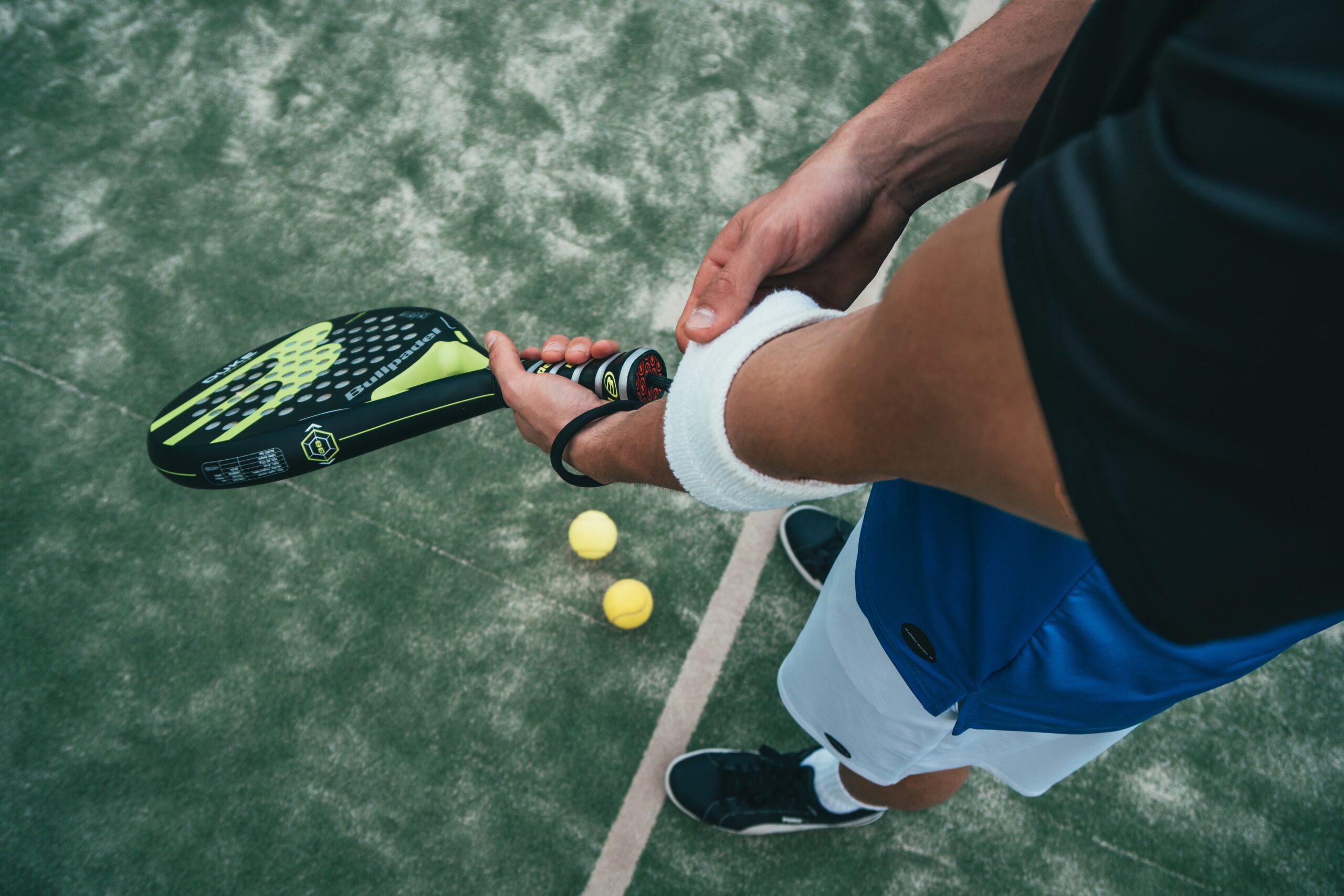Lateral epicondylalgia aka ‘tennis elbow’ is a common overuse injury of the elbow.
Approximately 40% of people will experience lateral epicondylalgia symptoms in their life.
It’s most commonly seen in people in people between 30-50 years old and in people who have repetitive work roles which involve lifting and manual labour.
It makes up approximately 18% of all work-cover related injuries.
Anatomy
Your elbow is made up of 3 main bones, the humerus, radius and ulna.
The two bony prominences on the end of the humerus are called the epicondyles (medial and lateral).
The forearm extensor muscles originate at the lateral epicondyle and run down the outside of the arm, where they differentiate and run into the wrist and fingers.
This common origin site (lateral epicondyle) is where lateral epicondylalgia symptoms occur, this is the point where the tendon attaches to the bone.
Pathophysiology
Despite popular opinion, this condition is not due to inflammation of the tendons.
It is due to excessive load on the extensor tendons as they attach to the bone.
This overload causes microtears in the tendon which leads to disruption of collagen fibres and decreased blood flow.
Excessive load on the tendon can lead to increased pain, decreased functional capacity and a long recovery time.
Signs and symptoms
- Gradual onset, outside elbow pain
- Progressively worse over time – often 3 months +
- Worse with activity/using the forearm
- Often sore at the start of activity then ‘warms up’ during. Worse again after.
- Pain on lifting and gripping
- Pain radiating from the elbow into the forearm
- Pain on stretching the forearm
- Pain with resisted finger extension (especially the 3rd finger)
Conservative management/physiotherapy
Physiotherapy can be an effective way to manage tennis elbow symptoms.
Your physiotherapist will guide you through the appropriate methods. These include:
- Activity modifications – often simple adjustments to your activities can reduce the load on the tendons are start the healing process
- Advice about relative rest and when is appropriate to return to sport
- Soft tissue therapy
- Joint mobilisations
- A gentle and progressive strengthening program
- Postural corrections
- Dry needling
- Ice
- Taping techniques
- Shockwave therapy (see next month article for details!)
Other methods of management
Sometimes conservative management is not enough to relieve the pain, in this case, your physiotherapist and sports physician can guide you through the other methods of treatment.
These include:
- PRP blood injection therapy (plasma rich platelets)
- Surgery (last resort)

